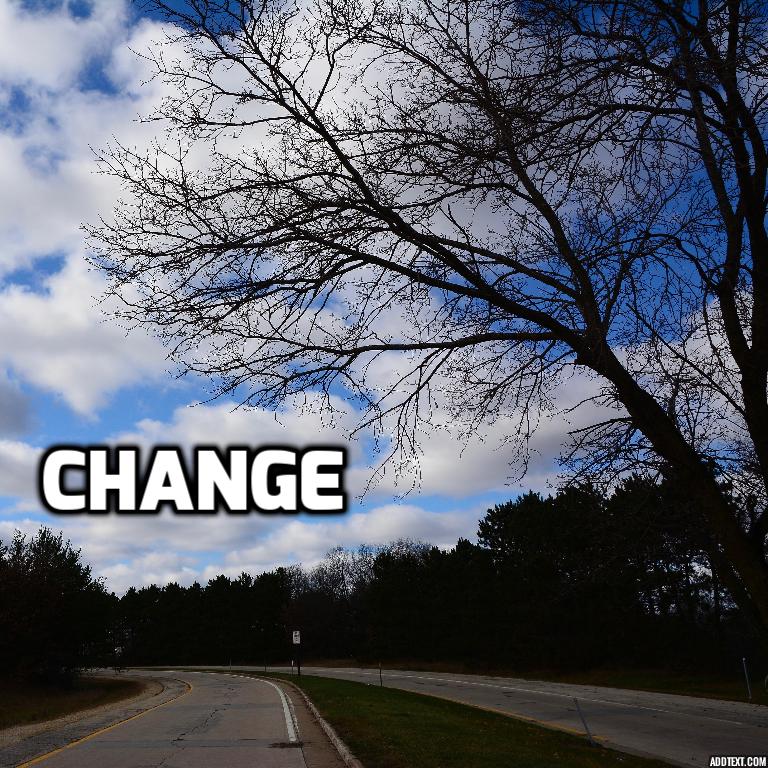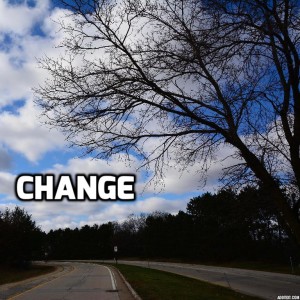
 Writers are advised to write what they know. What writers (and all other human beings) know the most about is change. Living, by definition, is to change. Nothing in life is static. Change and transformation are all around you. Both impact you every day.
Writers are advised to write what they know. What writers (and all other human beings) know the most about is change. Living, by definition, is to change. Nothing in life is static. Change and transformation are all around you. Both impact you every day.
You live in an unsettling and constantly changing world. Your world is full of uncertainty, evolving relationships, personal and professional ups and downs and conflicting responsibilities, loyalties, commitments and desires. Your characters should experience their world in exactly the same way.
You know exactly how painful change and transformation can be. You have experienced extreme, dramatic and sometimes excruciating change. Your life has been full of unexpected reversals, complex di- lemmas and difficult growth experiences-and so should the lives of your characters. (And there’s no reason why all this turmoil and pain shouldn’t be hilarious. Great comedians know- If it don’t hurt, it ain’t funny.)
Change doesn’t come easily and it isn’t without opposition. No change ever continues unchecked. Someone or something always stands in the way. Transformation is always upsetting. Emotions run high. The situation and characters are in turmoil. Someone or something resists the change with all his or her might. Who or what stands in the way? Is your character resisting the change or is someone or something resisting the transformation your character is bringing about or is undergoing.”
What kicks this change off? Who or what action changes or transforms your character? What is lost? What is gained? Who opposes the change? What does your character want? What does your character need? What is the cost of either choice? What does your character fear most? How much is your character willing to sacrifice? To what extreme is your character willing to go? The answers to these questions form the emotional core of your story. They also get to the heart of who your character really is. They give depth and meaning to your story structure.






No comment yet, add your voice below!